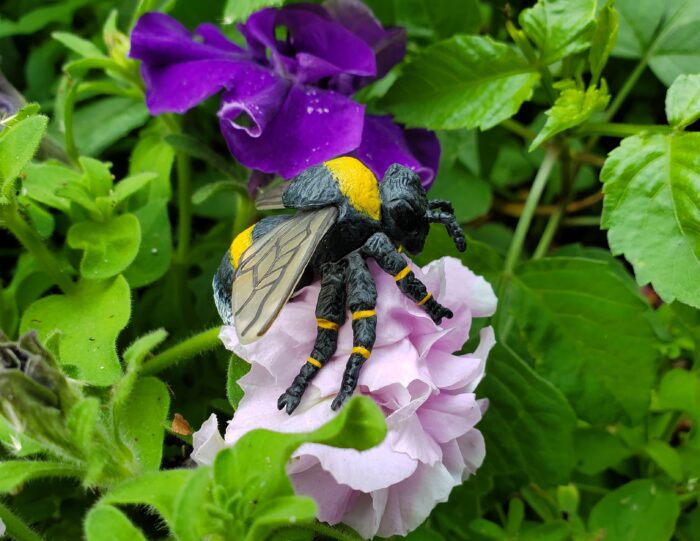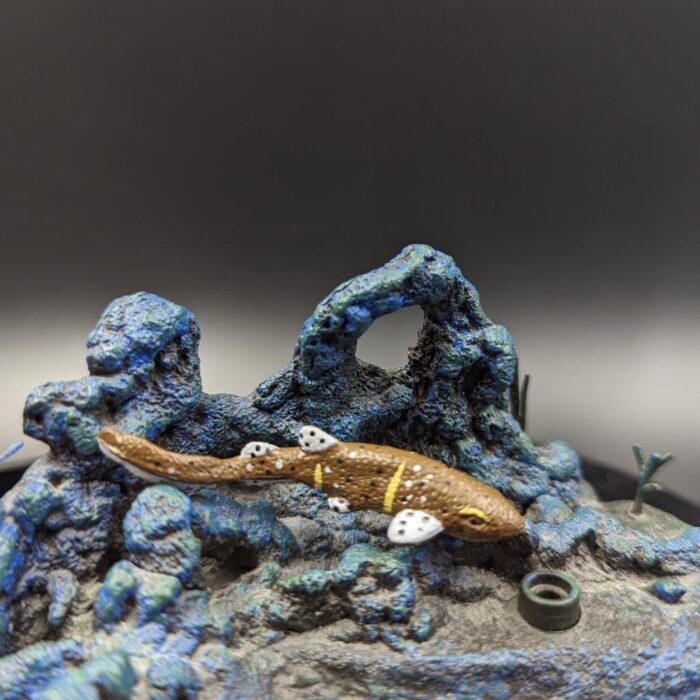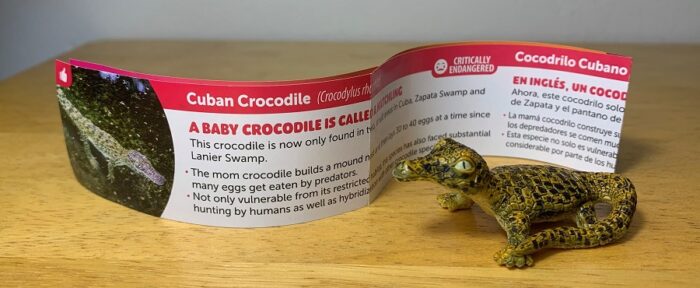The genus Bombus, which includes the bumble bees, consists of over 250 species worldwide. They occur in most terrestrial habitats throughout the Americas and the Palearctic, but are absent in much of Africa, the southern Middle East, much of the Indian subcontinent, Australia, and New Zealand (although they have been introduced to the New Zealand and Tasmania).
Largemouth Bass (Incredible Creatures by Safari Ltd.)

The largemouth bass (Micropterus salmoides) is the U.S.A.’s premier freshwater gamefish. An estimated 30 million Americans target the species, creating a $60 billion dollar industry. I admit it, I’m one of those 30 million Americans. I’m an avid fisherman and the largemouth bass has been my favorite species to target ever since I was a small boy catching bluegills alongside a dinky little farm pond, where the comparatively elusive and gigantic largemouth bass ruled as the apex predator.
Great Grey Owl (Bullyland Birds by Bullyland)

As I write this review, the 2023 Safari Ltd. Wings of the World Great Grey Owl (Strix nebulosa) is currently en route to me. I thought it would be a good opportunity to review the 2010 rendition by Bullyland, which the Safari figure will replace, before it goes into the sales/trade/donation bin.
Swellshark (Shark Bulk set by K&M International)
Prairie Dogs (Incredible Creatures by Safari Ltd.)
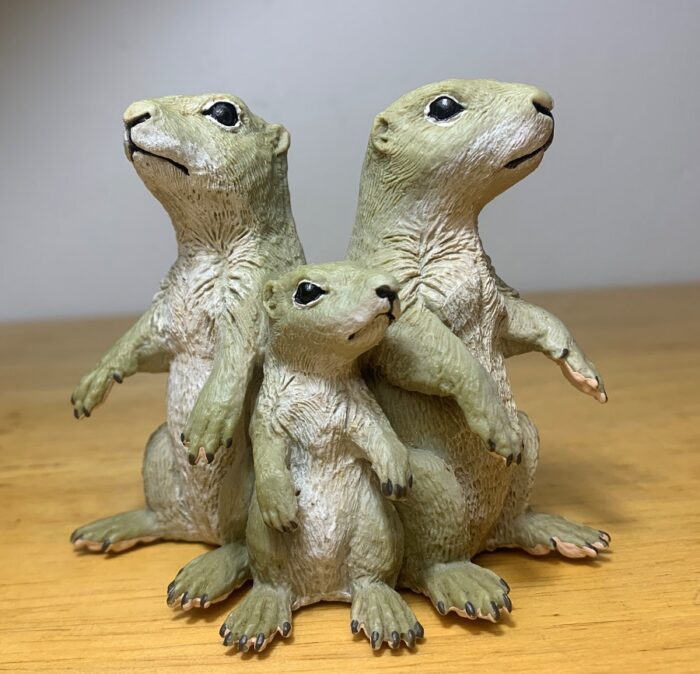
The prairie dog of western North America is not only an icon of the American west but a keystone species as well. Prairie dogs are burrowers, and their extensive network of tunnels, chambers, and mounds known as “prairie dog towns” serve as important habitat for a host of species, including burrowing owls and the black-footed ferret that not only lives in prairie dog burrows but also preys on them.
Moose (Wild Life by Schleich)

The moose (Alces alces), also known as elk in Europe, is the world’s largest species of deer, and the second largest animal native to North America and Europe. It lives in temperate and subarctic climates around the Northern Hemisphere. Moose are popular as toys, and this makes selecting one for a synoptic collection somewhat of a challenge.
Cuban Crocodile (Baby Animals by Yowie Group)
Flying Squirrel (Wild Animals by Papo)

Before we begin the review, I would like to thank Happy Hen Toys for sending this figure along as a review sample. Happy Hen Toys is a U.S. distributor of animal figures, including some that are otherwise hard to come by in the United States. I highly recommend that you check out their selection.
Harpy Eagle (Wings of the World by Safari Ltd.)

Review and images by Suspsy; edited by bmathison1972
The harpy eagle (Harpia harpyja) of South America is perhaps the most awesome and powerful avian predator on Earth. A big female can reach up to 1 metre/3 feet in length, 2 metres/6.5 feet in wingspan, and 9 kg/20 lbs in weight, and boasts hind talons that are around the same size as a grizzly bear’s claws and much sharper.
Ladybugs (Diversity of Life on Earth by Bandai)

As if wasps, caterpillars, beetles, scorpions, ants, peacock spiders, mantids, and crabs weren’t enough, Bandai recently (early 2023) added a set of ladybugs (lady beetles) to add to their growing collection of arthropods in the Diversity of Life on Earth (DoLoE) line. And the set is part of their ‘Advanced’ line, which means better and more refined sculpts, better paint, and yes, of course, they are more expensive.
Great Grey Owl (Wings of the World by Safari Ltd.)

The great grey owl (Strix nebulosa) is a symbol of the vast northern wilderness that it ranges across, where it inhabits coniferous forests of the taiga around the entire Northern Hemisphere. As such it has many provocative nicknames including Phantom of the North, Lapland owl, and spectral owl.
Green Iguana (Wild Life America by Schleich)
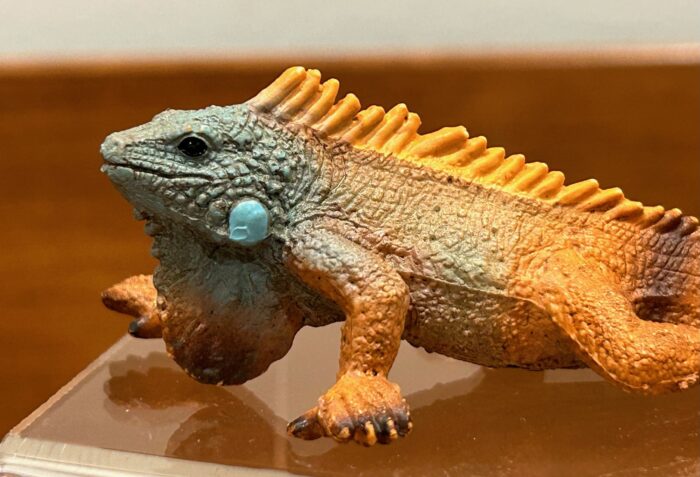
Review and images by Suspsy; edited by bmathison1972
The common or green iguana (Iguana iguana) is a reptile of many titles. It’s the largest member of the iguana family, measuring up to 1.7 metres from head to tail, with most of that length being tail. It has probably the widest distribution of any lizard, ranging throughout most of South America and all the way up into southern Mexico, plus it’s been introduced to places like Florida, Hawaii, Singapore, Thailand, and Taiwan.

